Binh Dinh (old) has long been known as the “land of Tuong” - the cradle that gave birth to many famous stage figures such as Dao Duy Tu, Dao Tan, and a series of famous opera troupes. Here, Tuong is not only a traditional art form, but has become a part of the people’s consciousness.
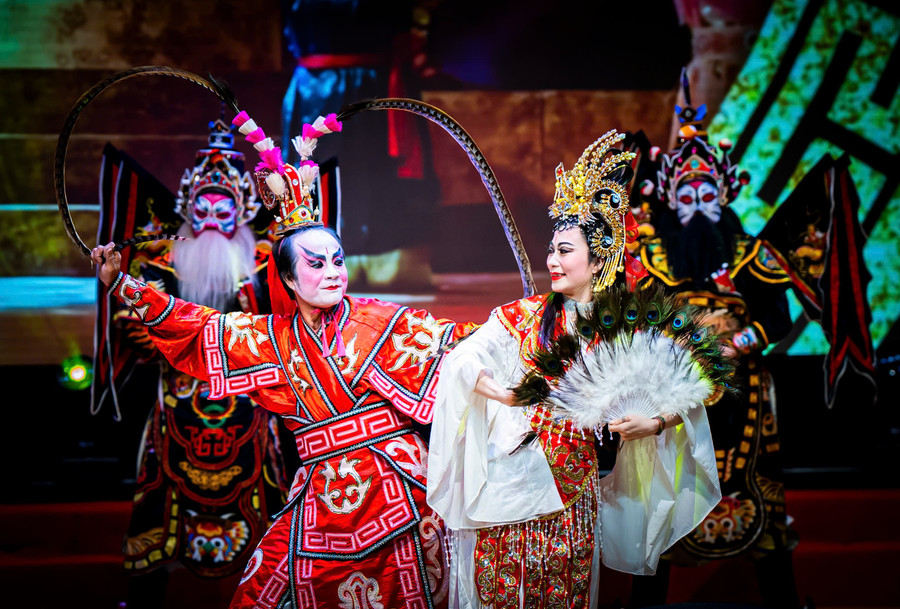
In the art of Tuong, makeup - also known as "face painting" - plays a special role. The artist not only knows how to sing, dance, and act, but also has to draw his own face before stepping onto the stage. It is not simply a matter of embellishment, but also a way for them to breathe life into the character - from the color, lines to the layout, everything must be in accordance with traditional conventions, while expressing the personality, fate, and social class of the role.
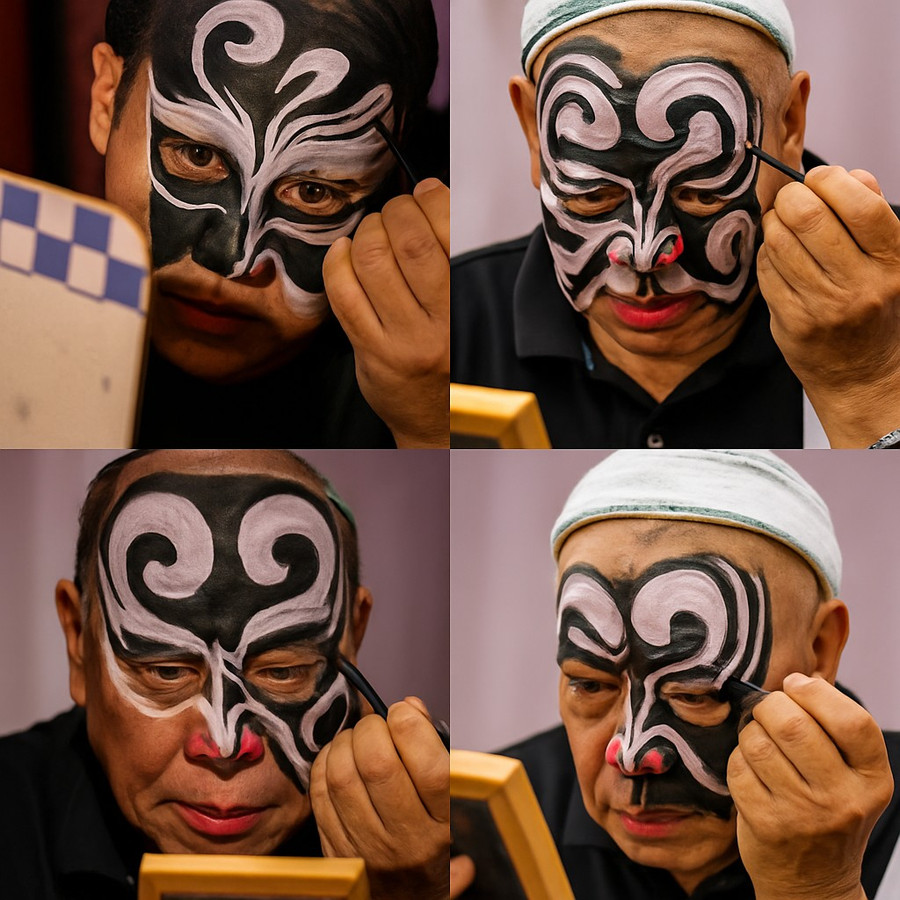
Tuong artists are taught face painting from the very first day of their career. However, each person is only drawn by the teacher once - and only half of the face. The rest, the student must complete on their own. In particular, the artist must use both hands to draw each side of the face - which requires dexterity, perseverance and a deep understanding of fine arts.
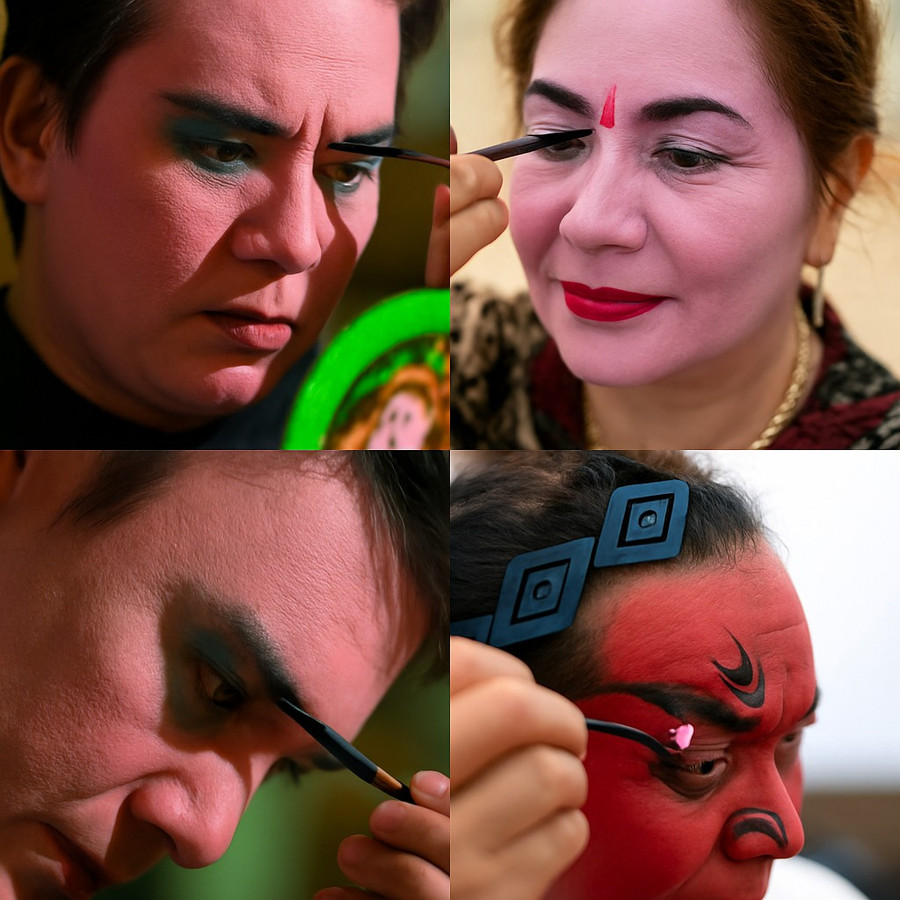
The makeup of Tuong includes three main techniques: face painting, face stamping and face pulling. The colors must be bold and the lines must be clear to increase the ability to express the face, even when the artist is standing dozens of meters away from the audience. This helps the audience to understand the character's nature - loyal or flattering, righteous or evil - just by looking at the face.
Young artist Thai Phien shared: “In Tuong, makeup is a very important factor. The performer not only needs technique, but also sophistication, understanding of art and character traits to properly express personality through each stroke.”
People's Artist Xuan Hoi confided: "Facial drawing cannot be done randomly, because the audience can guess the character by looking at the face. Each type of face - red, black, striped, fierce or gentle - evokes personality. When combined with dialogue, movements and costumes, the character can truly come to life on stage."
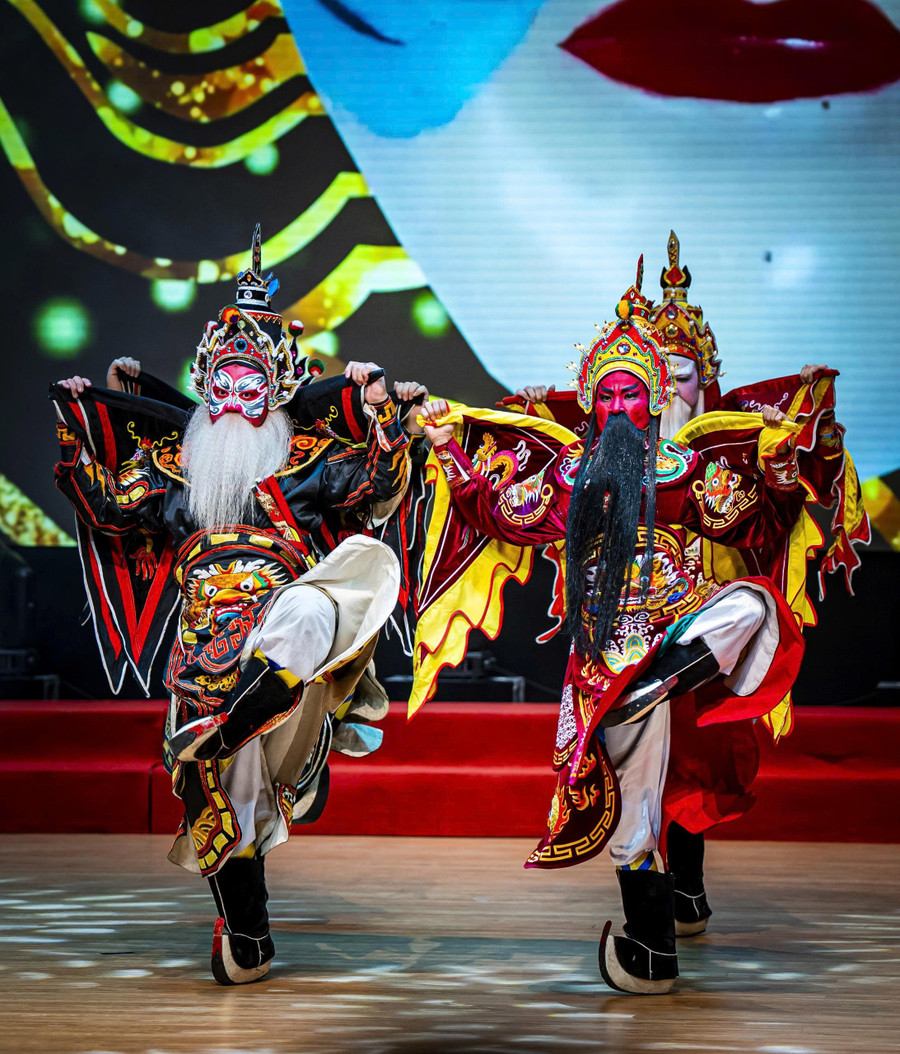
For a long time, tuong has been an indispensable spiritual “food” for the people, especially in coastal areas. Through the ups and downs of national history, until now, tuong art has been preserved and developed. The majestic sound with examples of loyal characters, self-sacrifice for the greater good, lessons about human behavior, heroic tragedy, the sound of the drums of the opera and the art of “face painting” in tuong always have a special appeal.
Source: https://baogialai.com.vn/nghe-thuat-ve-mat-hon-cot-cua-tuong-post563106.html



![[Photo] President Luong Cuong receives delegation of the Youth Committee of the Liberal Democratic Party of Japan](https://vstatic.vietnam.vn/vietnam/resource/IMAGE/2025/8/22/2632d7f5cf4f4a8e90ce5f5e1989194a)
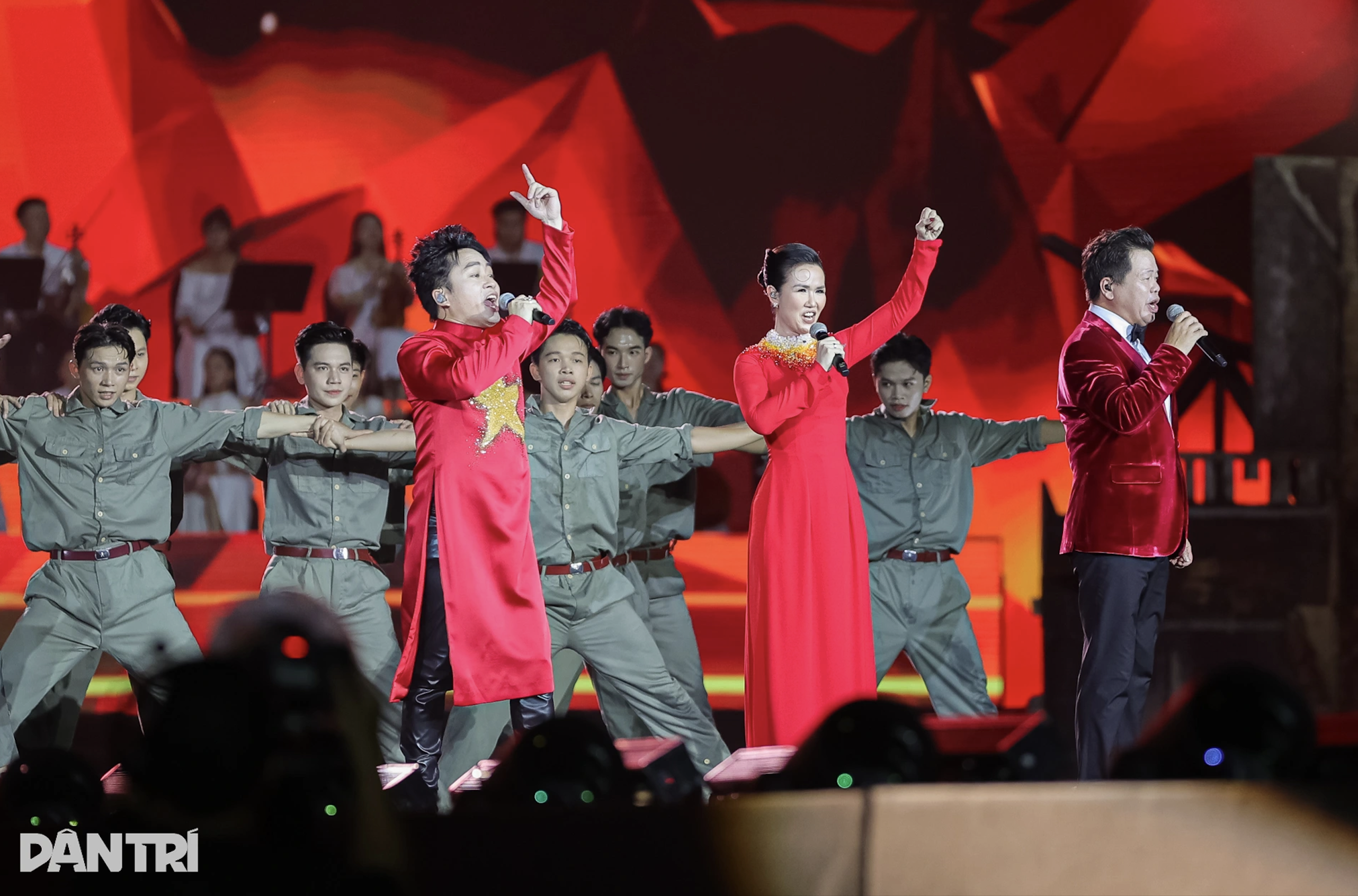

![[Photo] Prime Minister Pham Minh Chinh chairs the conference to review the 2024-2025 school year and deploy tasks for the 2025-2026 school year.](https://vstatic.vietnam.vn/vietnam/resource/IMAGE/2025/8/22/2ca5ed79ce6a46a1ac7706a42cefafae)




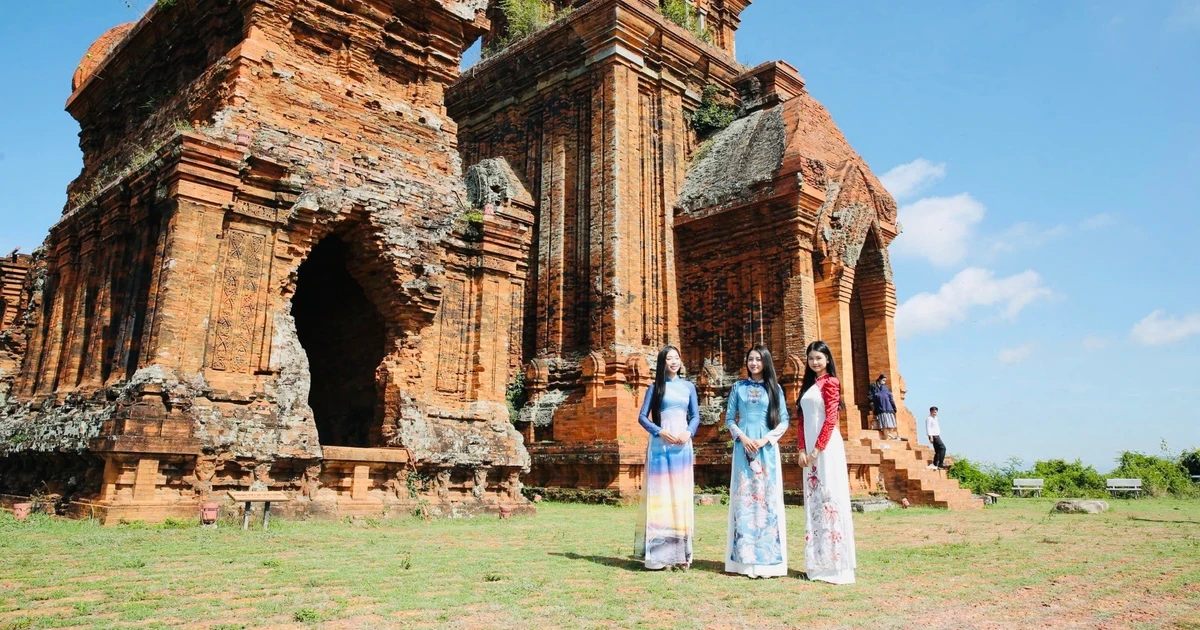






![[E-Magazine]: That place is so passionate that it makes your heart flutter](https://vstatic.vietnam.vn/vietnam/resource/IMAGE/2025/8/22/ac7c83ddf6dc43a49a177f8f8bc2262d)
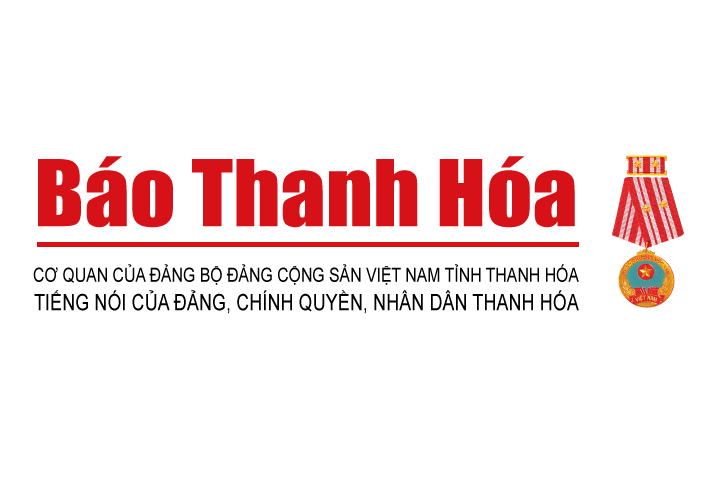



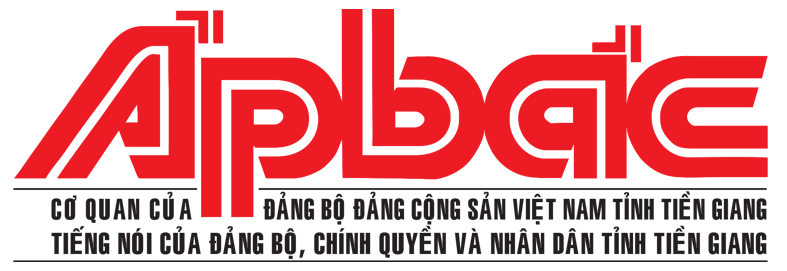




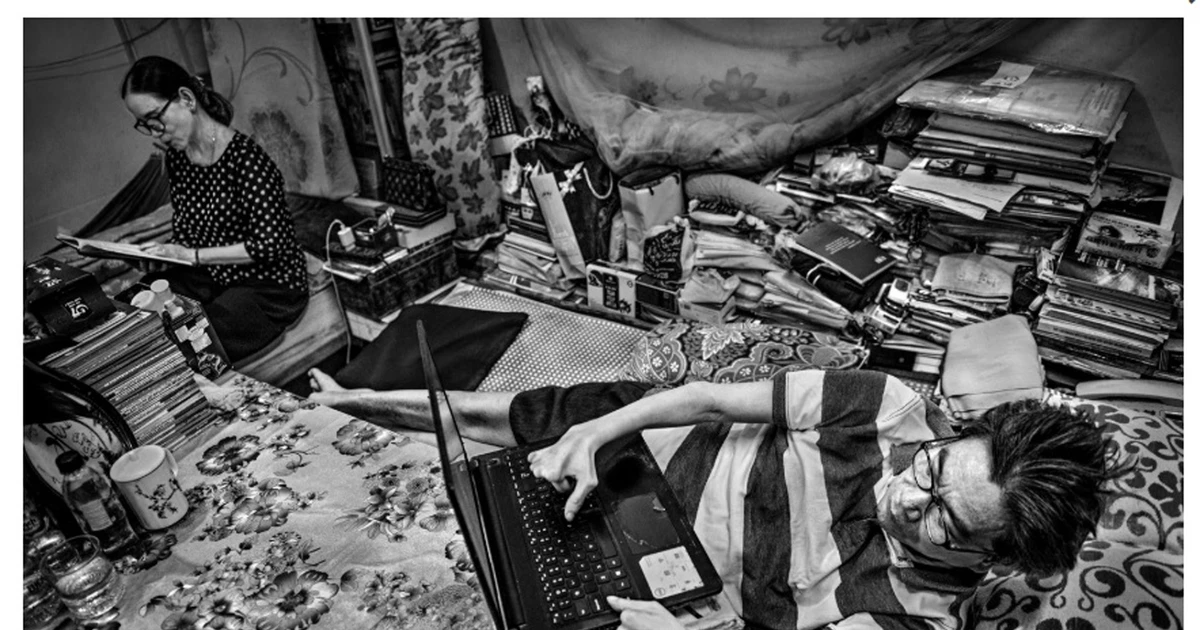

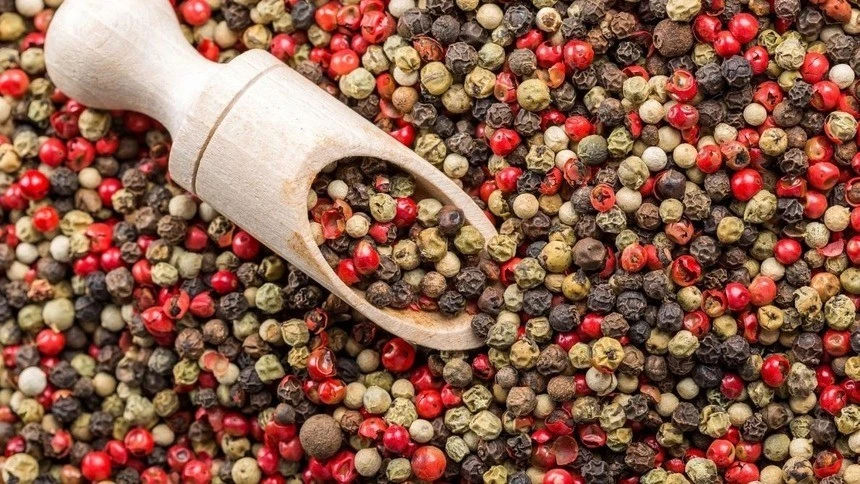

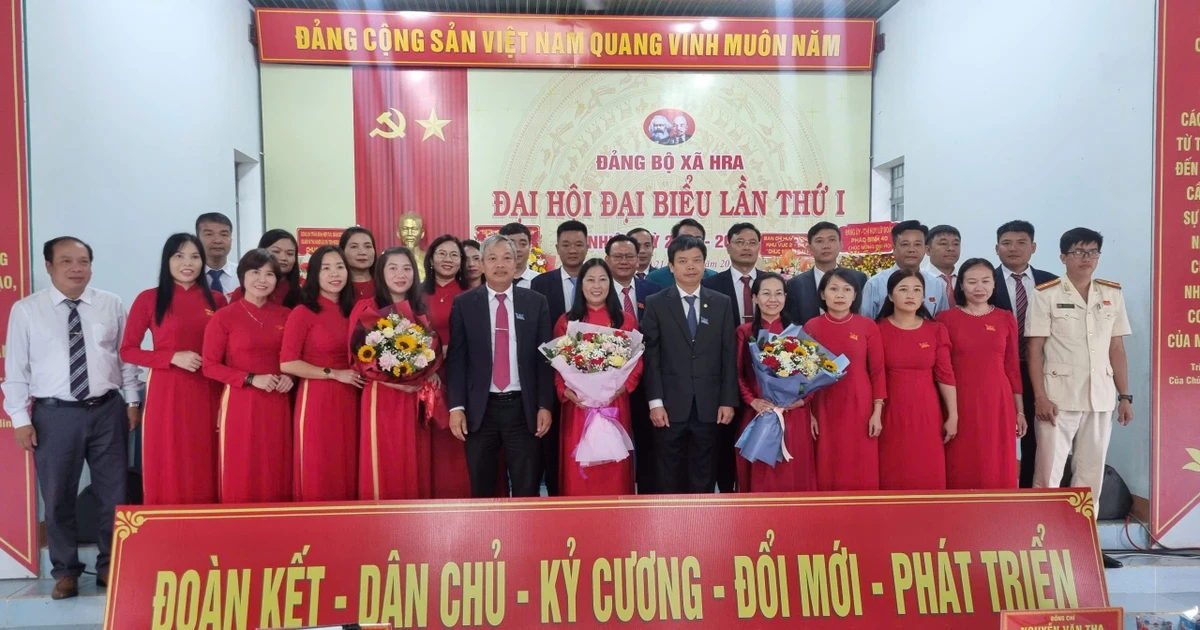





















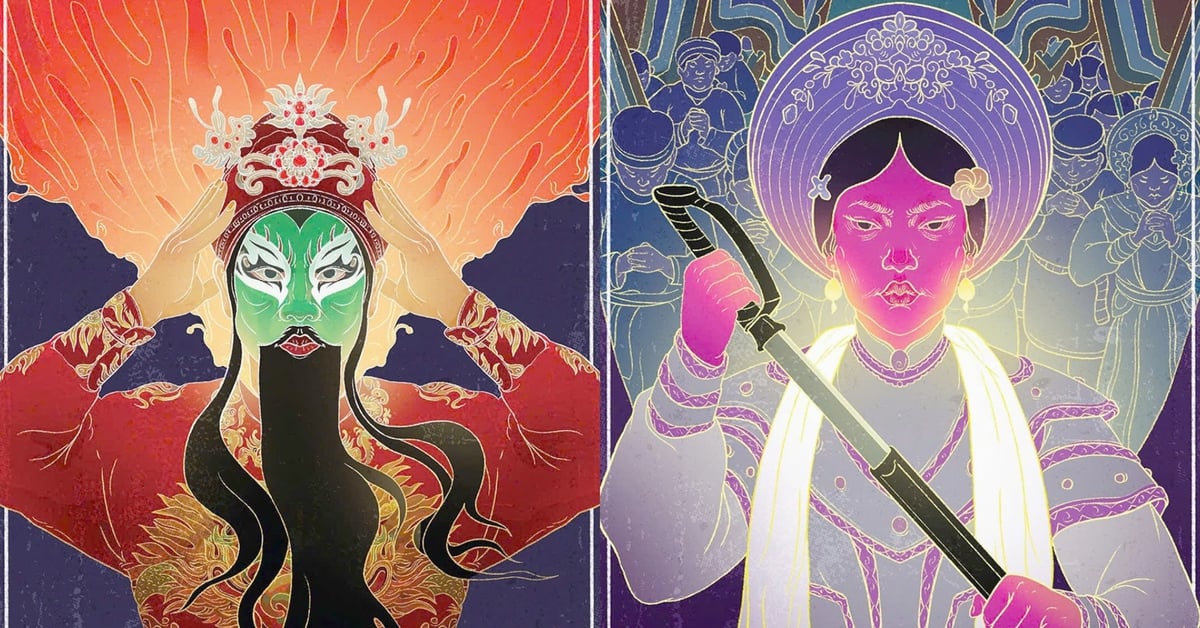
















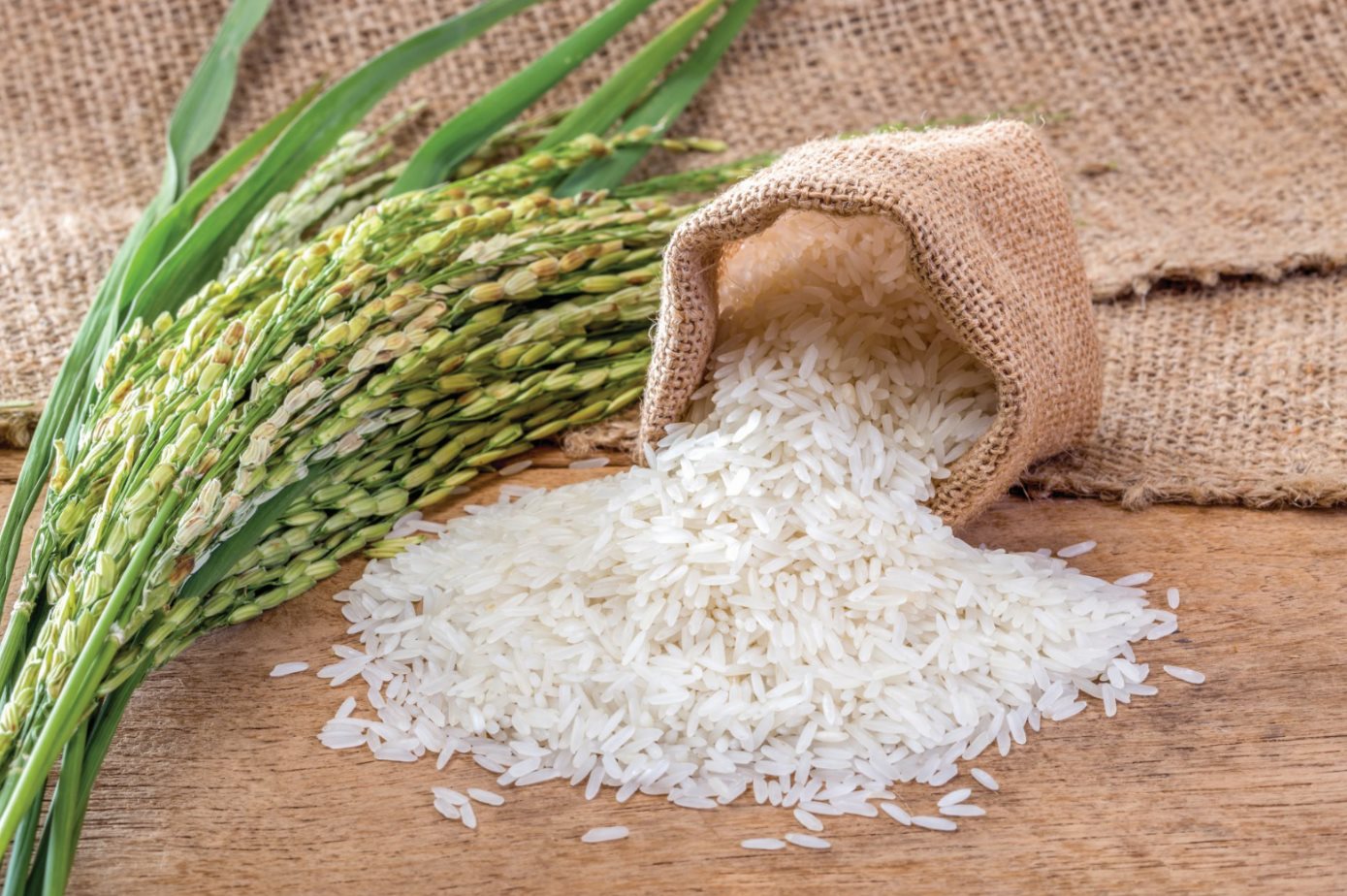
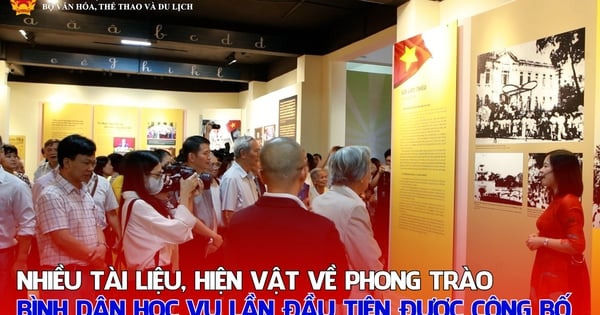



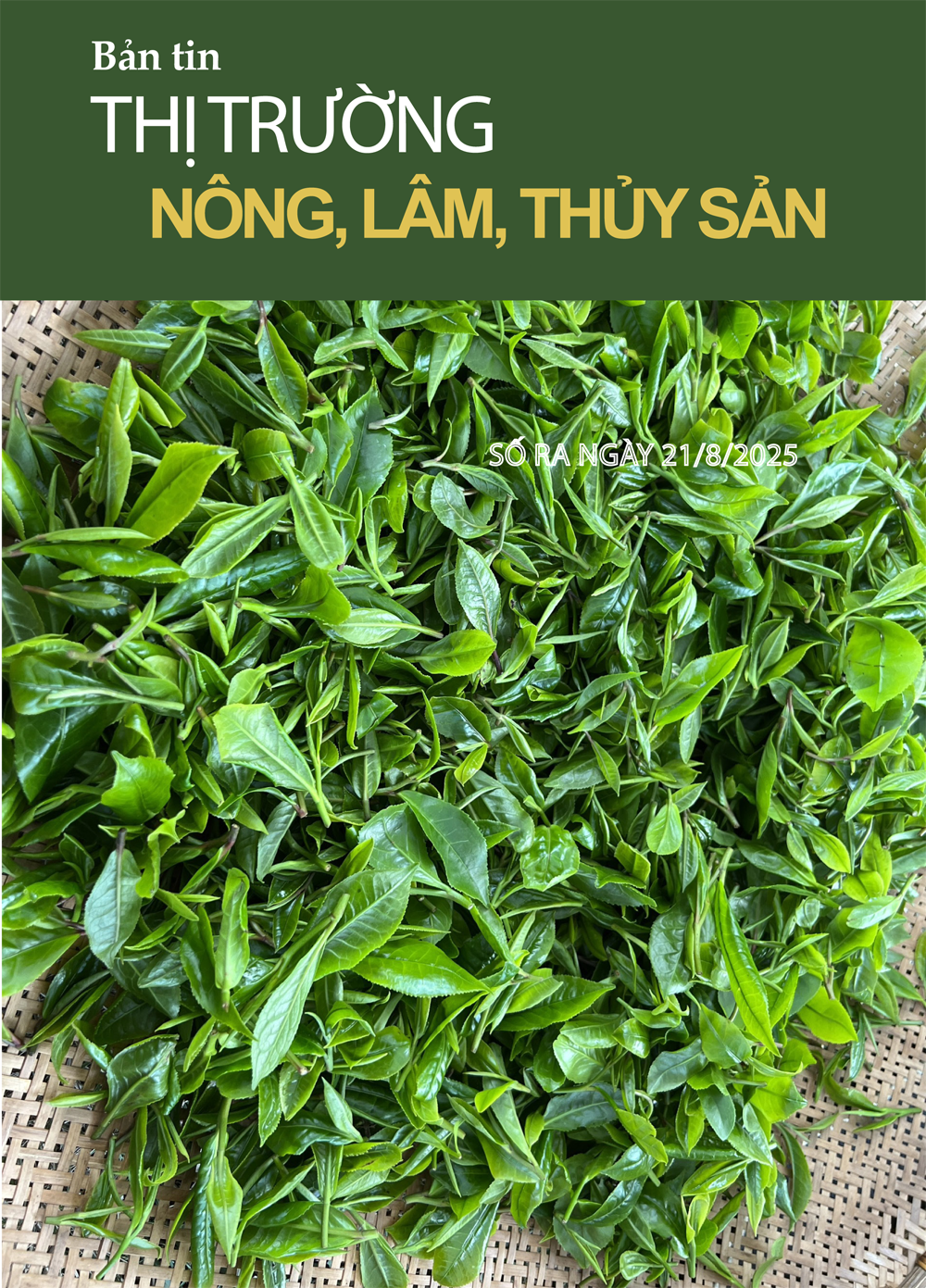

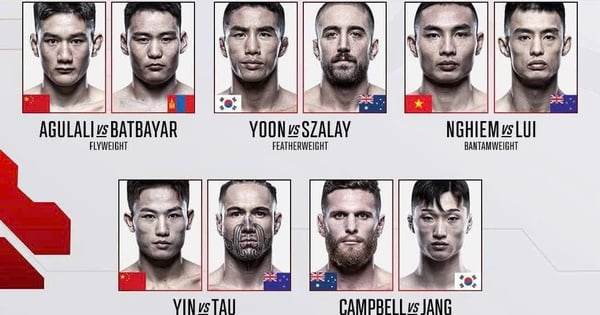

























Comment (0)